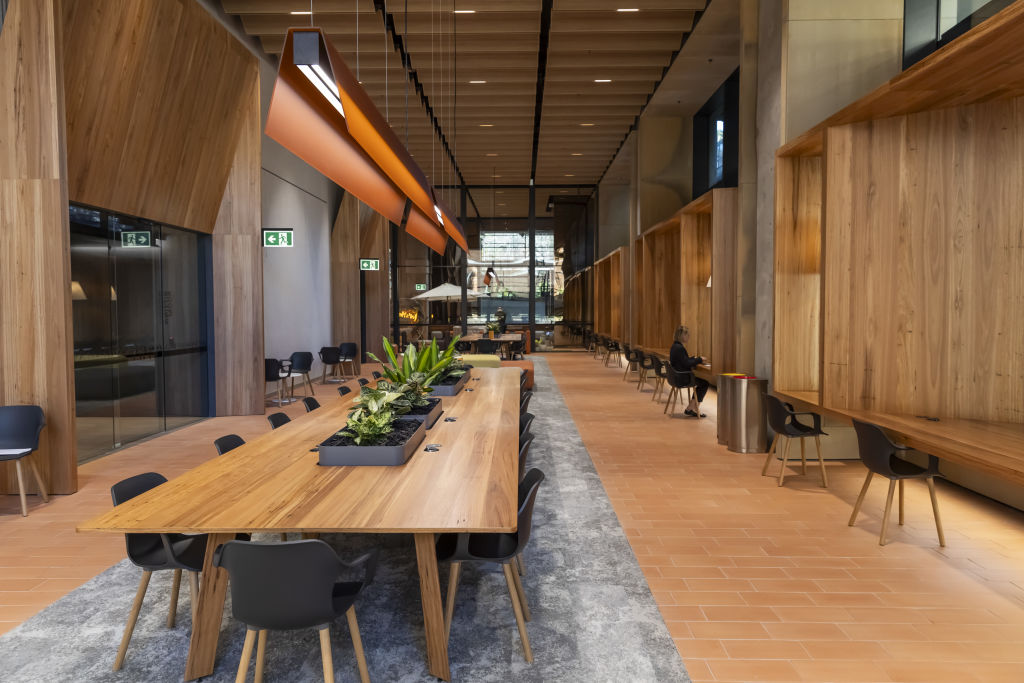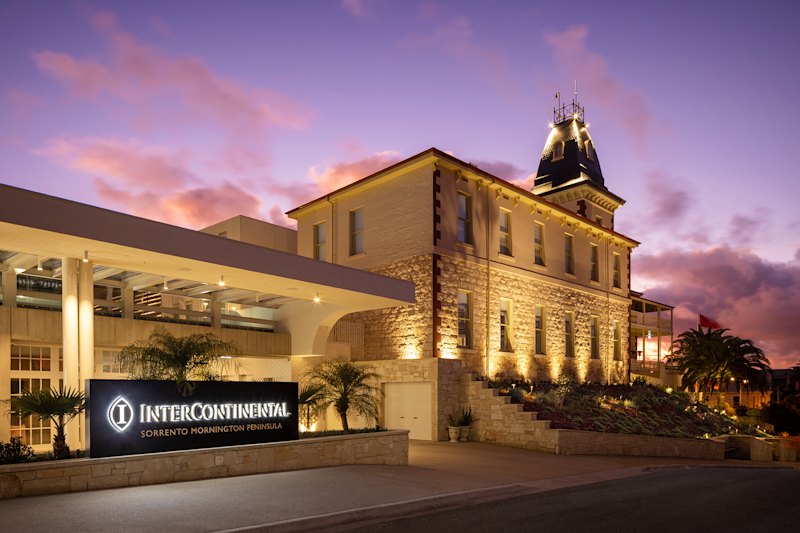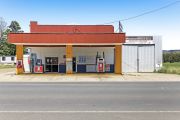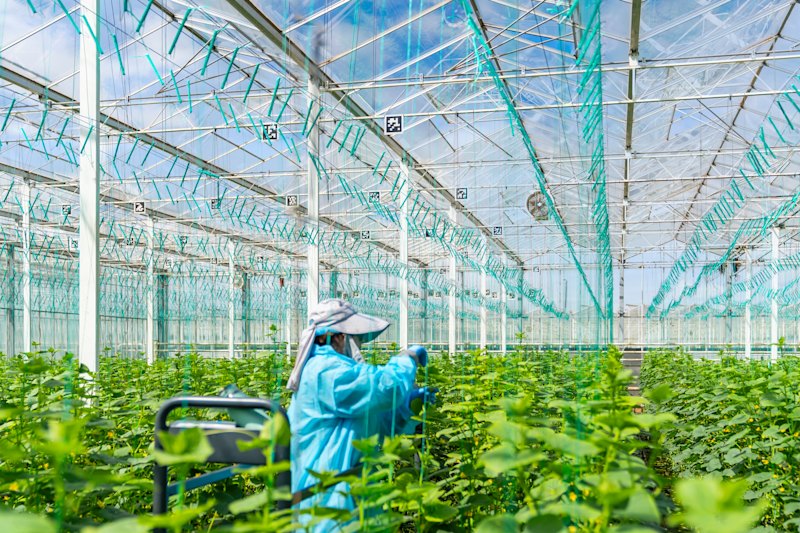
Far from a traditional office: Why businesses are embracing workspace reinvention
Businesses around Australia are embracing a reinvention of workspaces as they shrug off the traditional cubicle and desk approach.
A focus on staff wellbeing and engagement has seen the addition of convenient and appealing lunchtime fare, rooftop gardens and barbecue areas, and end-of-trip facilities.
Geared for improved team collaboration with cutting-edge technology and a variety of spaces, these workplaces are where employees want to be.
Far from the dated fluorescent-lit offices of old, contemporary spaces are now created by teams of architects, interior designers and landscape architects to be places of inspiration.
A need for more flexible workspaces has largely driven the change, said Donna McGeorge, workplace productivity specialist.
“There’s a really high focus on employee wellbeing, mental health, and understanding the impact of work-life balance, and making sure they’ve got the right policies, flexible hours and wellness programs for diverse and inclusive workspaces,” she said.
“What we’re seeing is people trying to create in offices the kind of things people like about working from home. So, private spaces, comfortable spaces.”
Creating an appealing place to rival the home office has been a driving force for designers. A central location and opportunities to collaborate are the icing on the cake.
At 477 on Pitt Street, an ISPT property in Haymarket, Sydney, businesses have the benefit of being in the heart of Sydney’s new Tech Central precinct.
An integral hub for technology and innovation, the office tower is home to an impressive line-up of businesses, including the first scale-up hub – an initiative of the NSW government – operated by Stone & Chalk.
A host of other diverse businesses have joined the fold, making 477 a destination for industry leaders to exchange ideas, expand their networks and grow, said Nicole Ward, head of ISPT’s office portfolio.
“We went into this redevelopment of 477 thinking it would resonate most with those in the innovation and tech fields, and while this is at the core of our tenant mix, we have also attracted a range of different tenant partners from a number of industries,” she said.
“We have certainly attracted fintech and the tech-sector tenant partners; however, we have also welcomed a legal firm and the architect who was involved with the redevelopment.
“We’re seeing the benefit of that cross-pollination across different industries where they are innovating and learning between each other and building a diverse community within the precinct.”
Today’s average workspace offers more than just a space to get the job done. Employers are aware they need to lure workers away from the comforts of home with more than just a central location and aesthetically pleasing design.
This has seen many businesses prioritise corporate social responsibility programs that offer employees a deeper sense of purpose.
Such programs include environmental activities and community outreach events.
“Corporate and social responsibility is high on the agenda for businesses wanting to offer more,” said McGeorge. “I’m seeing more people wanting meaningful work.”
Contemporary workspaces are offering this with sustainably designed buildings and commitments to zero carbon emissions. And when it comes to community inclusion, some, like 477, have customised areas such as event spaces where the community can come together to connect and socialise.
The upshot of workspaces where a balance of wellbeing, ethics and engagement is prioritised is talent retention. Ultimately, this is what businesses are aiming to achieve in today’s competitive business landscape.
“What people are trying to figure out is what work they need to do and what’s the best place for them to do that, and so we want happy, healthy people who are engaged,” said McGeorge.
“That’s always a huge thing for organisations: How do we create the kind of space that people can do their best work in, and therefore, we can attract the best and keep the best?”










